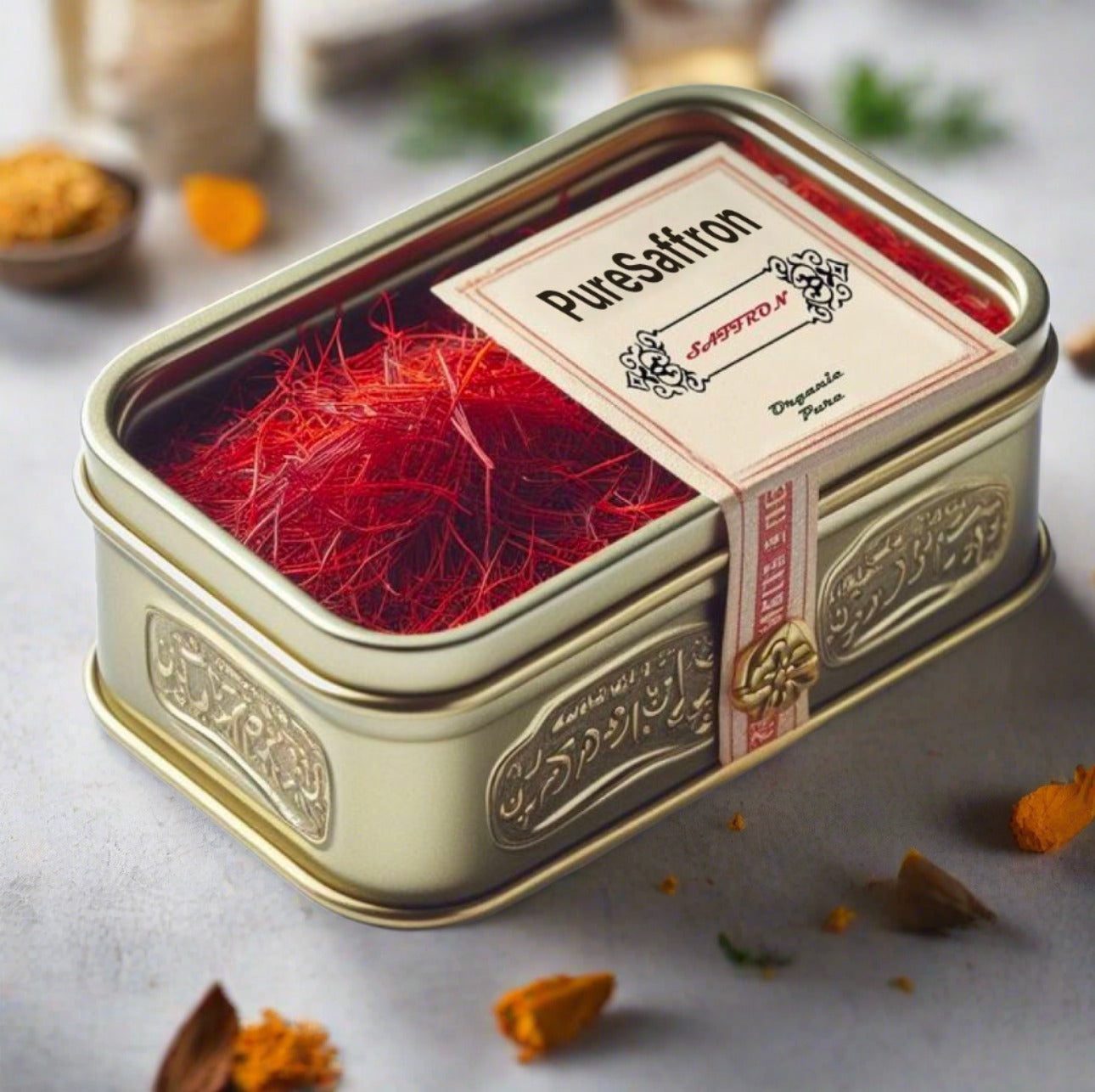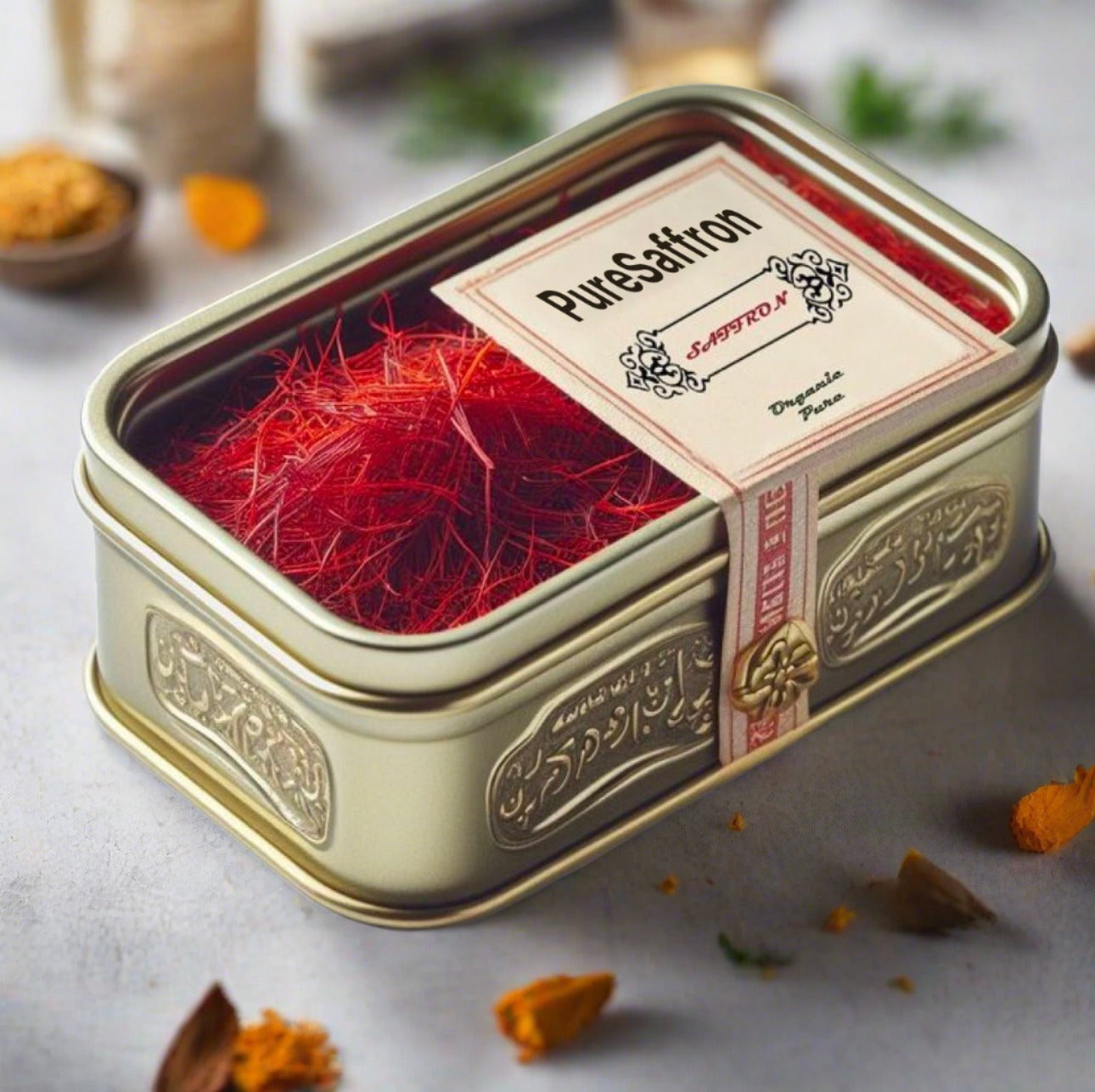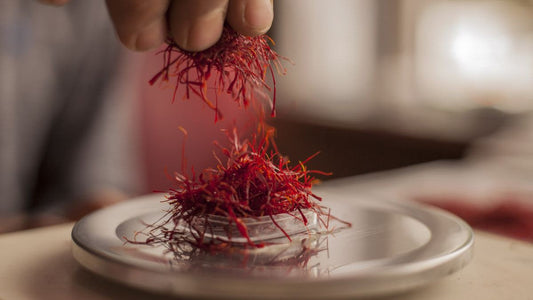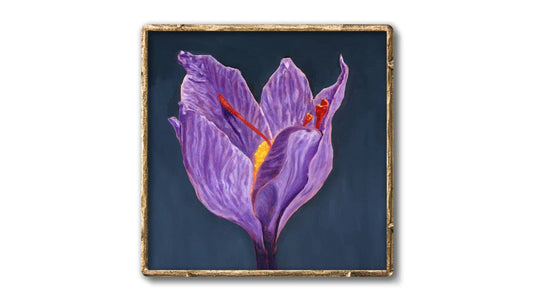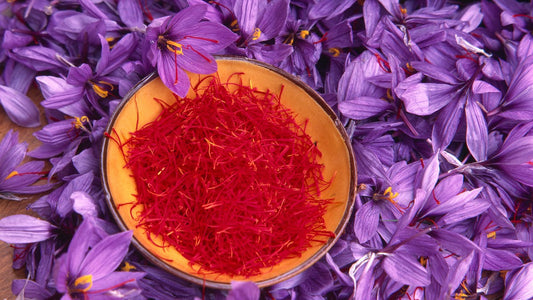
Saffron Shelf Life: How to Properly Store & Preserve Saffron
Ara OhanianShare
Saffron, often referred to as "red gold," is one of the most coveted and expensive spices in the world. Its delicate flavor, vibrant color, and unique aroma make it a prized ingredient in many cuisines. However, like all natural products, saffron has a shelf life. To make the most of this precious spice, it’s essential to understand how long saffron lasts and how to store it properly. In this guide, we’ll explore the factors that impact saffron shelf life, tips for maintaining its potency, and the best storage practices to ensure it stays fresh for as long as possible.
What Is the Shelf Life of Saffron?
The shelf life of saffron largely depends on how it is stored and its form (threads or powder). Under optimal conditions, saffron threads can retain their quality for 2 to 3 years, while saffron powder typically has a shorter shelf life of 6 to 12 months. However, saffron doesn’t necessarily go "bad" or become unsafe to use after these timeframes. Instead, its potency, aroma, and color may degrade over time, reducing its overall quality.
Factors That Affect Saffron Shelf Life
Several factors influence how long saffron will maintain its quality. Let’s take a closer look at the main contributors:
- Exposure to Air: When saffron is exposed to air, it can lose its essential oils, which are responsible for its aroma and flavor. Airtight storage is crucial for preserving its potency.
- Light: Direct sunlight or exposure to bright artificial light can degrade saffron’s vibrant red color and its aromatic properties.
- Humidity: Moisture is one of saffron’s greatest enemies. High humidity can cause saffron to lose its aroma and even lead to mold growth.
- Temperature: Extreme temperatures, whether too hot or too cold, can negatively impact saffron’s quality. Room temperature (15–20°C or 59–68°F) is ideal for storage.
- Form: Saffron threads generally last longer than powdered saffron. The grinding process increases surface area exposure, making the powder more susceptible to environmental factors.
How to Properly Store Saffron to Maximize Shelf Life
Proper storage is the key to extending saffron’s shelf life. Follow these tips to keep your saffron fresh and flavorful for as long as possible:
- Use an Airtight Container: Store saffron in a tightly sealed, non-reactive container, such as a glass jar or a metal tin. This helps prevent air exposure.
- Keep It in a Cool, Dark Place: Store saffron in a pantry or cabinet away from direct sunlight and heat sources like stoves or ovens.
- Minimize Moisture Exposure: Always handle saffron with dry hands or utensils to avoid introducing moisture.
- Avoid Frequent Opening: Repeatedly opening the container can expose saffron to air and moisture, so try to take out only the amount you need.
- Label the Container: If you buy saffron in bulk, label the container with the purchase date to track its age and ensure you’re using it within its optimal timeframe.
Signs That Your Saffron Has Lost Its Potency
While saffron doesn’t spoil in the traditional sense, it can lose its potency over time. Here are signs that your saffron may no longer be at its best:
- Faded Color: Saffron threads should have a vibrant red color. If they appear dull or pale, it’s a sign of quality degradation.
- Weakened Aroma: Fresh saffron has a distinct, earthy aroma. If it smells faint or bland, it may have lost its essential oils.
- Lack of Flavor: If saffron no longer imparts its signature flavor to dishes, it’s likely past its prime.
- Presence of Mold: If you notice any mold or unusual spots on your saffron, discard it immediately.
Can You Extend Saffron Shelf Life?
Although saffron has a limited shelf life, there are a few additional steps you can take to extend its longevity:
- Freeze It: Freezing saffron in an airtight container can help preserve its quality for longer periods. However, ensure it’s completely dry before freezing to prevent condensation.
- Vacuum Seal: Using a vacuum sealer to remove air from the storage container can significantly slow down the degradation process.
Why Does Saffron Shelf Life Matter?
Understanding saffron shelf life is important not only to preserve its quality but also to ensure you’re getting the best value for your investment. Saffron is a luxury spice, and improper storage can lead to wasted product and diminished flavor in your culinary creations. By following the storage tips outlined above, you can enjoy saffron’s full potential in every dish.
Where to Buy High-Quality Saffron
To maximize saffron shelf life, it’s equally important to start with a high-quality product. Low-grade saffron may already be past its prime when you purchase it. At PureSaffron, we offer premium-grade Persian Pure Saffron, sourced directly from trusted farms to ensure freshness and potency.
FAQs About Saffron Shelf Life
-
Q: How long does saffron last after opening?
A: Saffron threads can last up to 2 to 3 years if stored properly in an airtight container in a cool, dark place. Powdered saffron has a shorter shelf life of 6 to 12 months. -
Q: Can expired saffron be used?
A: Expired saffron is not harmful to consume, but it may lack the aroma, flavor, and color that make it effective in dishes. -
Q: Does freezing saffron affect its quality?
A: Freezing saffron can extend its shelf life without significant quality loss, as long as it’s stored in an airtight container to prevent moisture exposure. -
Q: How can I tell if saffron is fresh?
A: Fresh saffron threads are deep red in color, have a strong earthy aroma, and impart a vibrant yellow-orange hue when steeped in water. -
Q: Should I store saffron in the refrigerator?
A: It’s not necessary to store saffron in the refrigerator. A cool, dark, and dry place is sufficient to preserve its quality.
